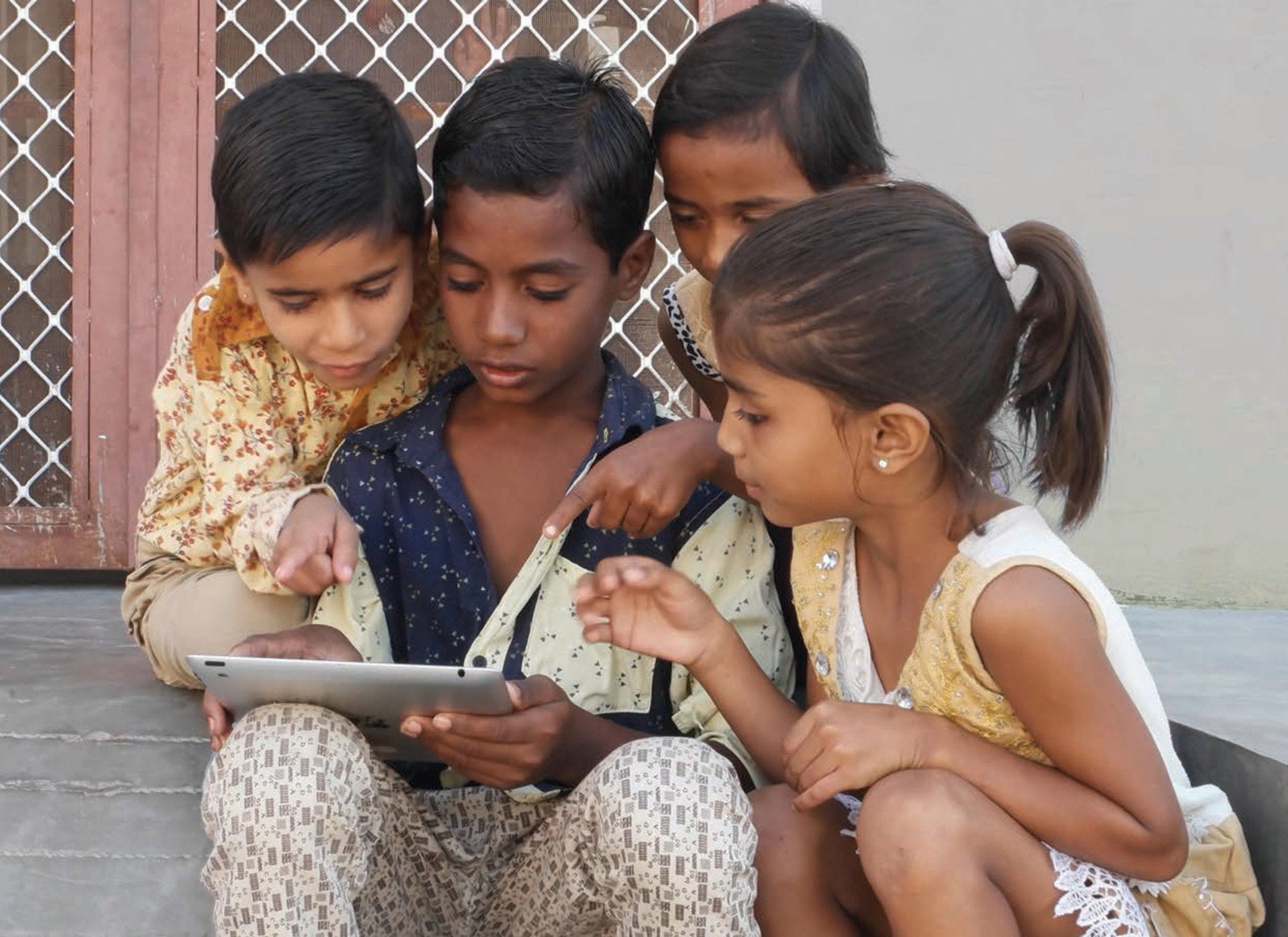Part II compiles the “education continuity stories” that were published on the OECD and World Bank websites, alongside other support materials for educators, between 18 May 2020 and end of March 2021. These country case studies document initiatives supporting the continuation of teaching and learning during the first wave of school/university closures, which took place at different times and for a different duration depending on countries.
The case studies cover governmental and non-governmental initiatives. Some of them are relatively comprehensive while others focus on specific initiatives carried out by governments or non-governmental organisations. The objective was to document a variety of initiatives in different regions of the world, covering different objectives, modus operandi, and target audiences. Those case studies were documented in real time so they could help stakeholders facing similar problems in other contexts. Their publication in a volume fulfils an additional objective: providing evidence of the range of initiatives that were undertaken to support teachers and learners globally.
The timeline and context of the drafting and publication of the “education continuity stories” should be kept in mind when reading them. All case studies describe educational innovations that took place during the first wave of school closures in the country of reference. However, the school closures were not simultaneous in all countries, and the stories were written (or finalised) at different stages of the pandemic.
While the case studies were copy-edited for harmonisation compared to their initial web publication, they were not revised or substantively edited retrospectively. The information and perspective they present reflects the knowledge and information that their authors had at the time of writing.
This implies that the case studies do not take into account studies or information that became available after their initial publication. Telling the final story of the contingency plans presented in the case studies was beyond the scope of this publication, although this would be an interesting contribution to the understanding of educational innovation in an emergency context.

